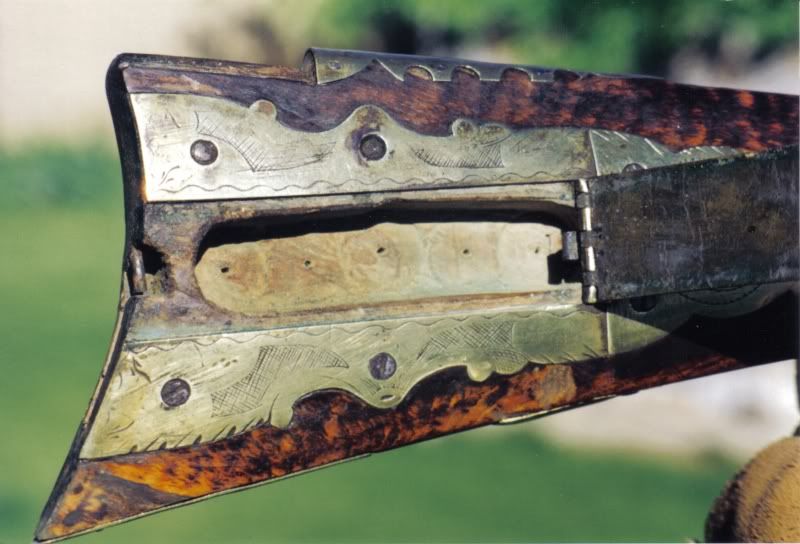Calling it a "patch box" doesn't mean they didn't keep a "strip" of patch material it. :wink:colorado clyde said:I'm wiling to concede on the square patch issue..
But how do you "cut at the muzzle" guys, explain patch boxes? :hmm:
Also, I think people are deceived into thinking that, because the ball is round, and the bore is round, a round patch will somehow cover the ball more efficiently. It doesn't.







